RightScale 2016 State Of The Cloud Report: A Look Inside The DevOps Revolution

The Survey
RightScale, a cloud-management vendor based in Santa Barbara, Calif., polled 1,060 technical professionals in January from a broad cross-section of organizations about their adoption of cloud computing.
Of the respondents, 433 represented enterprises, and 627 came from the SMB space.
RightScale found that private cloud adoption increased among its survey pool from 63 in 2015 to 77 percent in the latest survey. Over the same period, DevOps methods and related technologies rose from 66 to 74 percent adoption among the overall survey group, and 81 percent among enterprises.
RightScale's 2016 State of the Cloud report broke down adoption stats and trends for the 11 most-popular DevOps technologies on the market.

DevOps: Technology, Methodology, Movement, Revolution
The first thing you typically here about DevOps is that it's not a technology, but a methodology. Advocates sometimes describe the merging roles of software developers and IT administrators as a movement, even a revolution.
But all those lofty concepts depend on concrete tools, and in the DevOps world, that means open-source software also sold through commercial distributions.
Those tools, falling into a few categories, take different approaches to achieving DevOps goals, and most are still relatively nascent.
On the more-established end of the spectrum are configuration managers that adhere to the philosophy of Infrastructure as code. Later entrants Ansible and SaltStack have divided a market dominated by Chef and Puppet into a four-way race.
Then there's container-tech.
Docker is the 800-pound Gorilla—the startup that sparked the container revolution. Docker's partner-turned-competitor CoreOS now offers a rival standard called Rocket.
And supporting the shift to containers is a growing body of technology for orchestrating and deploying container clusters: Kubernetes, Rancher, Docker Swarm, Docker Tutum.
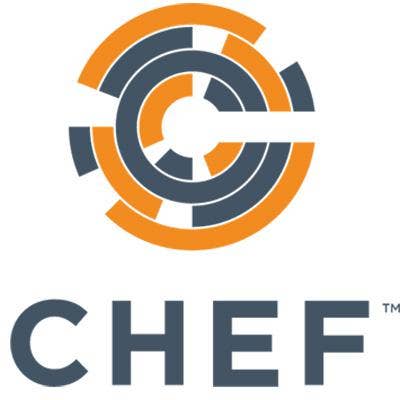
Chef
The configuration management platform is currently the most-widely adopted DevOps technology among the businesses polled by RightScale.
Chef is used by 32 percent of the study's respondents, and another 19 percent have plans for future adoption.
In RightScale's 2015 survey, 28 percent of organizations reported managing application environments and automating IT infrastructure by defining configurations through Chef's recipe and cookbook approach.
But Chef isn't the DevOps leader when it comes to enterprise respondents alone, even though within that group it improves to 37 percent penetration, with another 20 percent that plan to use it.
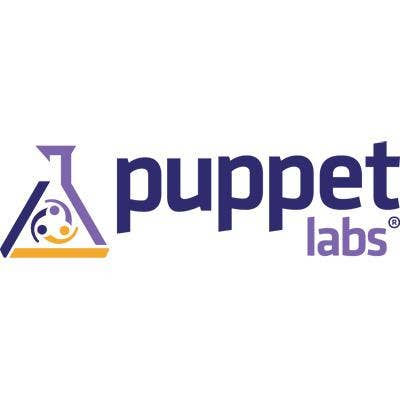
Puppet
Puppet Labs pioneered configuration management tech when it introduced its Puppet open-source software way back in 2005.
With backing from big-name investors, and a strategic partnership with VMware, Puppet has succeeded in becoming the top DevOps tool in the enterprise.
Of the more than 400 enterprise respondents, 42 percent use Puppet and another 19 percent plan to.
Considering the larger group of respondents, including the SMBs, Puppet looks to crack 50 percent penetration with roughly the same size base as Chef—32 percent users and 18 percent in the planning stages.
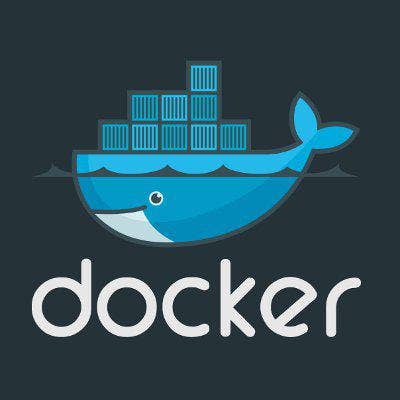
Docker
Docker has been the biggest story in DevOps—and possibly all of enterprise IT—for the last couple years, and that attention is translating into adoption.
While still not as widely deployed as configuration managers Chef and Puppet, Docker is, as RightScale observed in its State of the Cloud report, "spreading like wildfire."
Over the last year, Docker has doubled its penetration of RightScale's survey pool—from 13 to 27 percent. Among enterprise respondents, the adoption rate went from 14 to 29 percent between 2015 and 2016.
If the companies that told RightScale they plan to use Docker in the future end up doing so, adoption could climb to 62 percent of overall respondents, and 67 percent of enterprises. That would put Docker ahead of all other DevOps solutions.
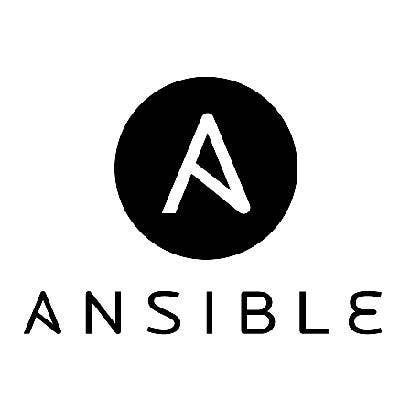
Ansible
The configuration management vendor recently acquired by Red Hat has made inroads in the market with its minimalist approach and agent-less architecture.
While it trails competitors Chef and Puppet, Ansible showed the strongest growth among enterprises between 2015 and 2016—jumping from 8 to 23 percent of the survey pool. When considering all respondents, adoption doubled, from 10 to 20 percent of all companies polled by RightScale.
Another 14 percent of respondents say they are planning to deploy Ansible sometime in the future.
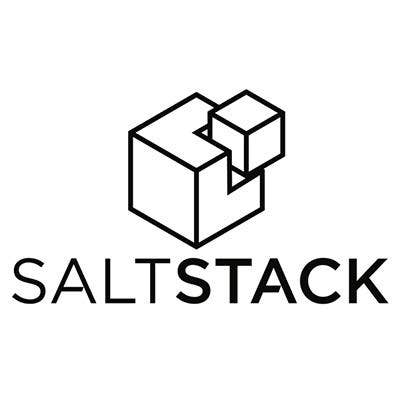
Salt
Salt is a configuration manager used by 9 percent of respondents, with another 12 percent telling RightScale they are planning a deployment.
The full platform, called SaltStack, was designed for modularity and extensibility to fit a diverse number of use cases and environments.
Salt didn't show as strong growth over the last year as some of its rivals, going from 6 to 9 percent adoption among overall survey participants, and from 8 to 13 percent among enterprises alone.
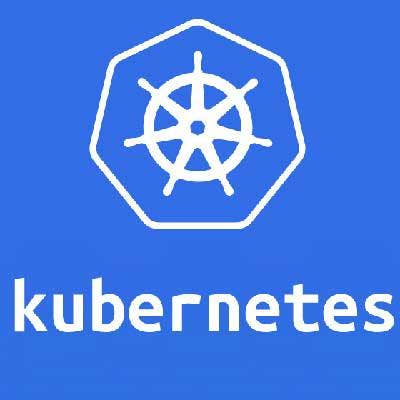
Kubernetes
While the container-tech revolution Docker set in motion is now well under way, container orchestration tools are still in the early phases of enterprise adoption.
Leading that field is Kubernetes, used by 7 percent of respondents, with another 18 percent planning future use.
The technology developed and later open-sourced by Google was designed from the ground up for building distributed applications by assembling clusters of containers.
Among the enterprise respondents, 10 percent are orchestrating containers with Kubernetes, and 19 percent plan to in the future.
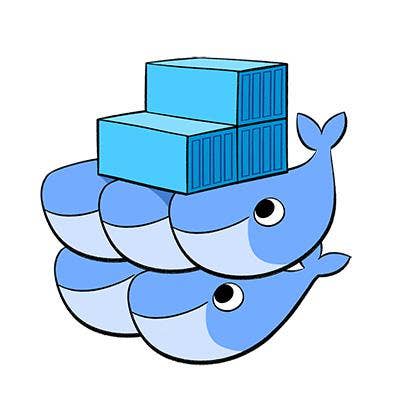
Docker Swarm
Docker's take on orchestration, Docker Swarm, enables clustering and scheduling of "Dockerized" applications across their life cycle.
Swarm is only used by 6 percent of respondents, but riding the large Docker wave, 16 percent plan to use Swarm in the future.
Among enterprise respondents to RightScale's survey, Swarm sees 8 percent adoption, with 16 percent working up plans to use it.
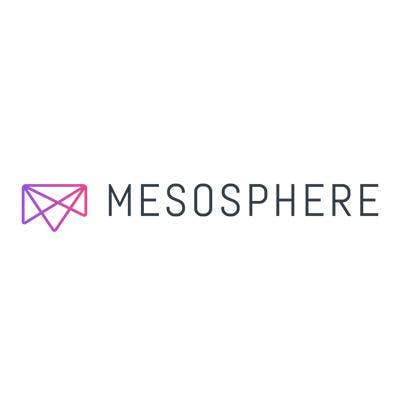
Mesosphere
Mesosphere offers its Data Center Operating System, a commercial version of the open-source Mesos platform for resource scheduling and data center orchestration. Mesos has also introduced container scheduling functionality.
Mesosphere is currently used by 4 percent of all respondents and 5 percent of enterprises. Those numbers could climb to 15 and 18 percent, respectively, when taking into account companies that say they are planning adoption.
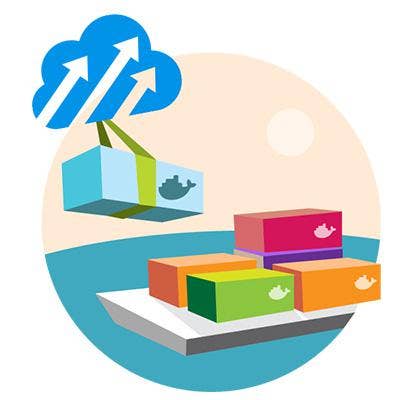
Docker Tutum
One of the earliest members of the Docker ecosystem, Tutum's founders quickly appreciated the significance of what Docker was doing, and their small team developed an effective platform for deploying, orchestrating and scaling containers across diverse infrastructure.
Docker liked the service for managing and automating container deployments so much, it recently acquired the company.
While Tutum is only used by 3 percent of the survey respondents, being under Docker's roof will probably help drive adoption. Twelve percent said they plan to use Tutum.
Those overall adoption numbers were closely mirrored among enterprise respondents alone.
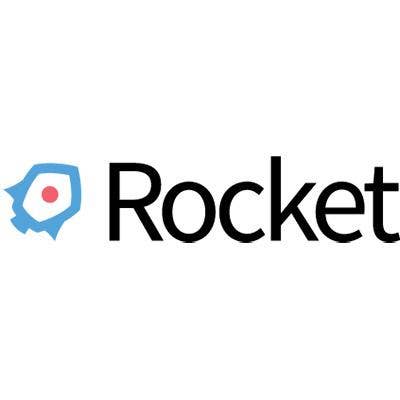
Rocket
CoreOS, an early partner of Docker with its lightweight Linux distribution optimized for containers, launched its own container standard at the end of 2014, and is now fighting to seize a piece of Docker's burgeoning empire.
The focus when developing Rocket was on making Linux containers faster and more-secure.
A partnership with Google has enabled CoreOS to deploy the first commercial version of Kubernetes, an offering that should drive market recognition of its container platform.
Rocket was a newborn in 2015, but adoption among respondents hasn't changed much since then.
While it remains at the 3 percent mark for the second year in a row among State of the Cloud respondents, 10 percent of those polled by RightScale said they plan to use Rocket.
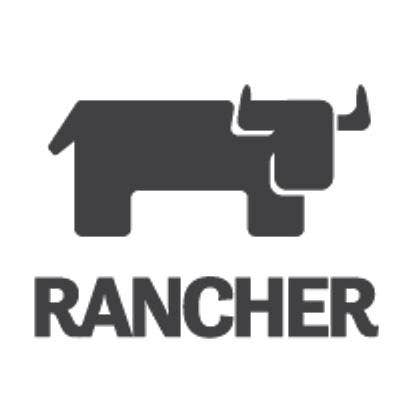
Rancher
Rancher Labs offers Rancher, an open-source software package for deploying private container services and running Docker at scale.
The startup was founded by the team behind Cloud.com, a cloud orchestration technology acquired by Citrix and later rebranded as CloudStack.
Rancher is only used by 2 percent of RightScale respondents, with 8 percent more saying they plan on adopting the technology. Those overall numbers mirror actual and planned adoption among enterprise respondents.